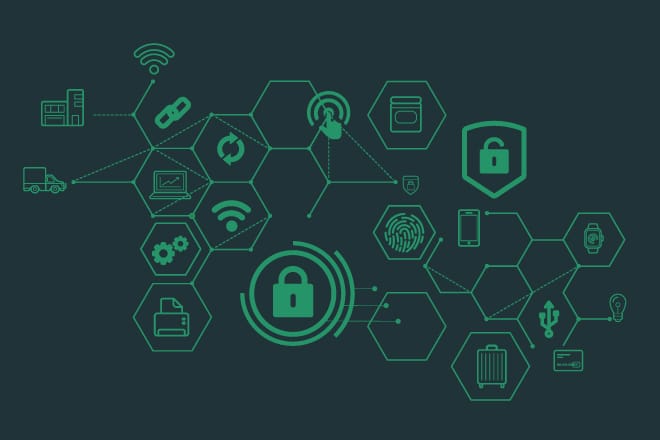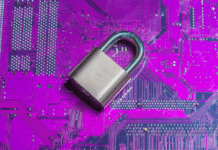The Internet of Things may have made our lives easier, but the flip side is the risk of losing data and privacy. However, technology has helped to identify the threats to data with IoT implementation. And there are solutions to these, as discussed in this article.
The Internet of Things or IoT has made life much easier for many of us. The wireless transfer and connection of data could never have been possible without IoT. In a few years, it is expected that artificial intelligence will make IoT even more independent of human intervention, as devices will be able to communicate with each other.
However, the privacy and confidentiality of the data being processed remains a question mark. Anyone can eavesdrop on this data, intentionally or unintentionally. Devices are interconnected with different hardware and software in IoT, so there are possibilities of confidential information being leaked by unauthorised sources. All devices send information to private users without encryption, including identification details, location, date of birth, and so on. Privacy is a big concern not only at the business and corporate levels, but also at the state level. Hence, there is a need to focus more on the security aspect when designing and launching IoT based products.
Challenges
Associating an identity with a certain person can lead to profiling and tracking. One of the biggest challenges therefore is to disallow certain IoT operations. As systems attempt to determine and record the position of individuals across time and space, localisation is another threat. One of the major challenges of IoT security solutions is to develop protocols that prohibit such behaviour for IoT interactions. In e-commerce applications, profiling personal information to infer preferences through similarities with other profiles and data is very common.
For securing sensitive information, the very first step is to provide tangible and physical security to the devices. This includes sensor security, sensor interference, and interception of signals. Without physical security, all other measures will have no positive impact. Sensors and transmission systems need to be safe.
Solutions available
Solutions to these challenges are being proposed by experts, but their effectiveness will depend on proper implementation.
Protecting the network: By implementing conventional endpoint protection features such as antivirus and anti-malware software, encryption, and intrusion prevention and detection systems, IoT applications could be better secured.
Authentication: By incorporating multiple access management features for a specific IoT device, as well as good authentication mechanisms such as two-factor authentication, data encryption and fingerprint scanners, users can verify smart systems.
Security analytics tools: Using IoT security analytics tools could help identify IoT-specific attacks that conventional network security solutions, such as firewalls, cannot find.
Security methods: IoT API safety features can be used not only to ensure data transfer integrity among IoT devices, but also to ensure that potential attacks against specific APIs are identified only by approved devices, programmers and apps.
Designing secure applications: Given the immaturity of the existing IoT technology, IoT application developers must emphasise the security component of their IoT applications. They should also do a complete analysis of the security of their IoT systems while designing them, and try their best to find a good balance between the user experience and the protection of their IoT applications.
Developing a security strategy: Device and software developers need to be vigilant about the IoT security risks. Since IoT is still a new technology, security violations are bound to occur. All IoT software vendors and application developers should prepare for security vulnerabilities with a proper strategy.
The future
In the coming years, it is expected that security systems in IoT applications will be much more stringent than they are now. Developers now understand the importance of privacy and security of data to enhance consumer satisfaction. Endpoint security monitoring and code signing with a higher degree of encryption will make data much more secure. This will ease the apprehensions of consumers. The higher speed of the Internet and the arrival of 5G will also help to make the private information of small to big firms secure and confidential.
Within a few years, almost all security threats in IoT applications will be removed because of the various measures mentioned in this article. But users must remain vigilant and knowledgeable enough to ensure the security of their data. IoT developers should also make users aware about any new threats, and train them on how to keep their data secure.













































































